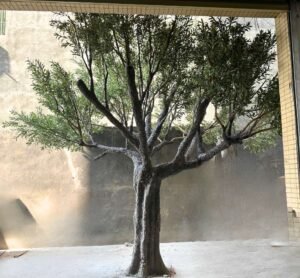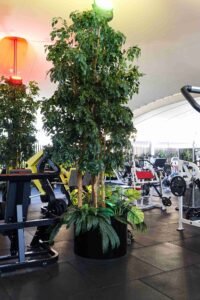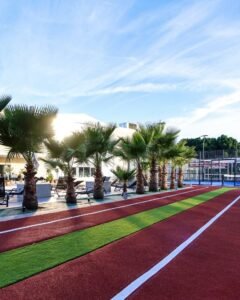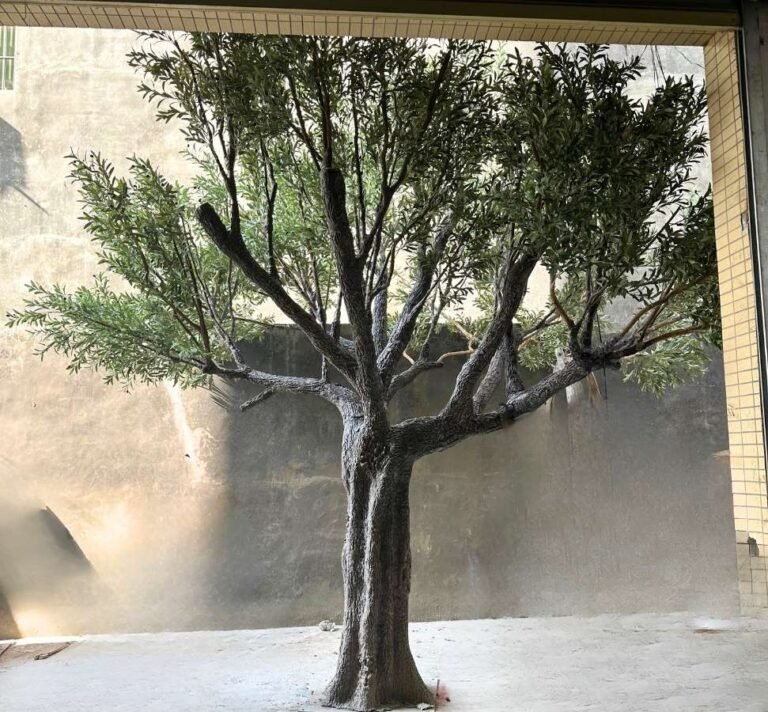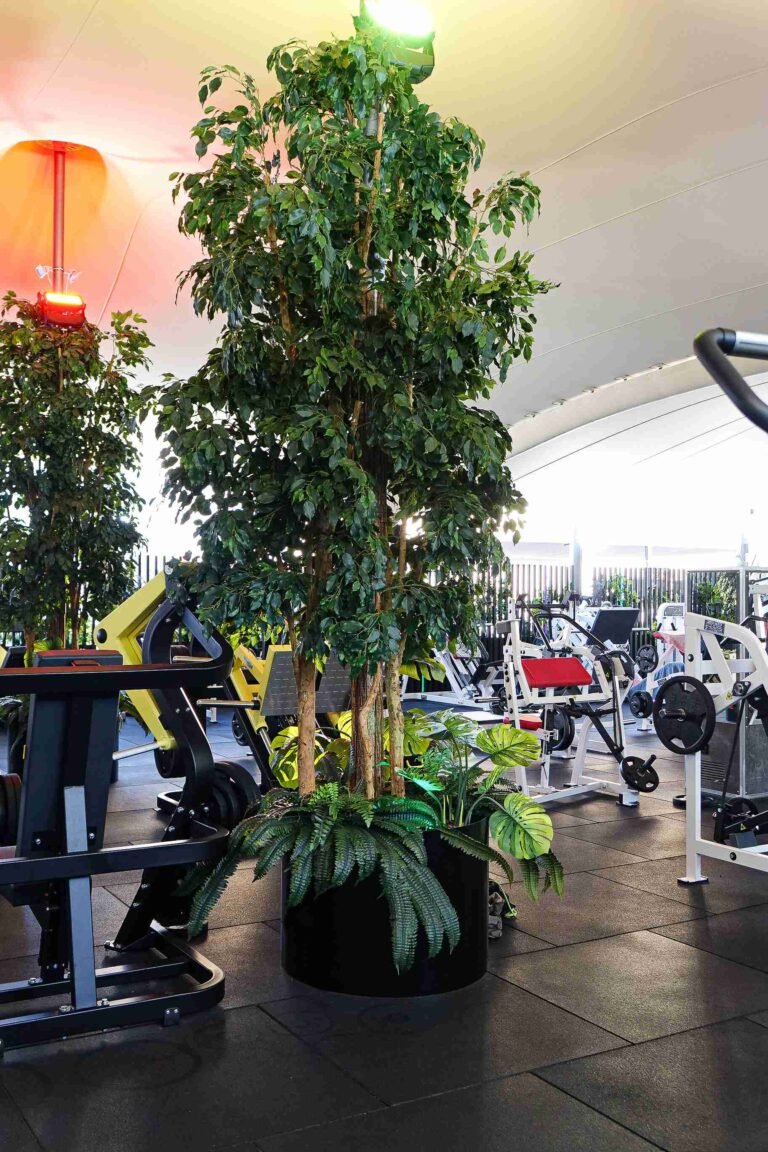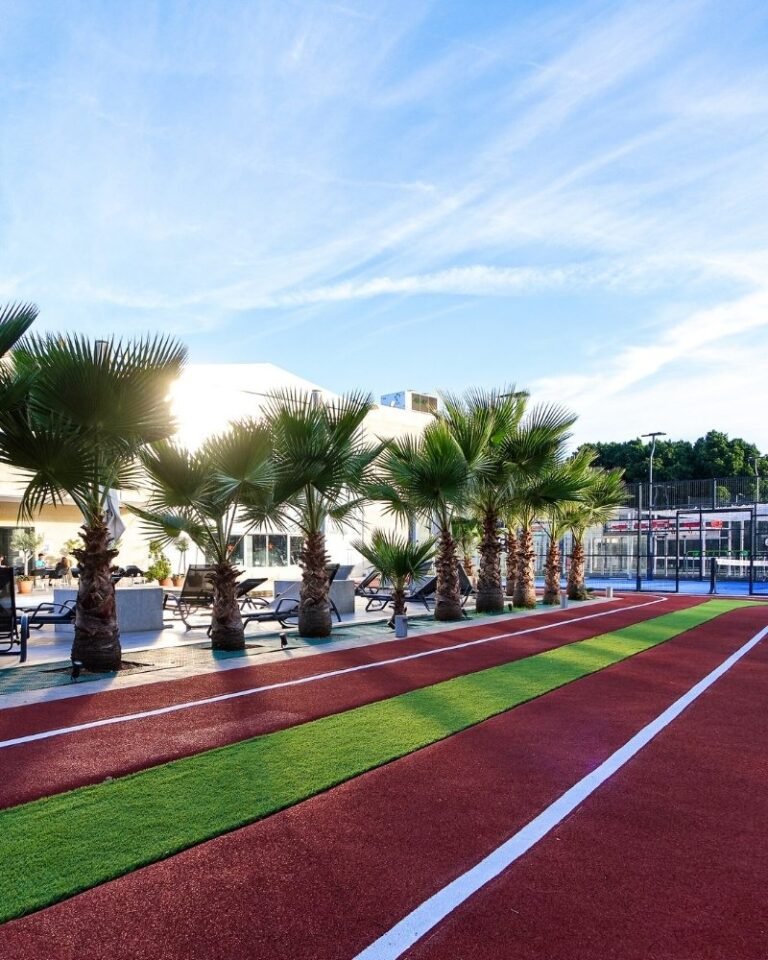Selecting durable artificial trees for your landscape can save you money and effort in the long run. But how do you ensure these trees will stand the test of time?
Choosing durable artificial trees involves selecting the right materials, considering weather resistance, and balancing aesthetics with practicality. Here’s what you need to know to make the best choice.
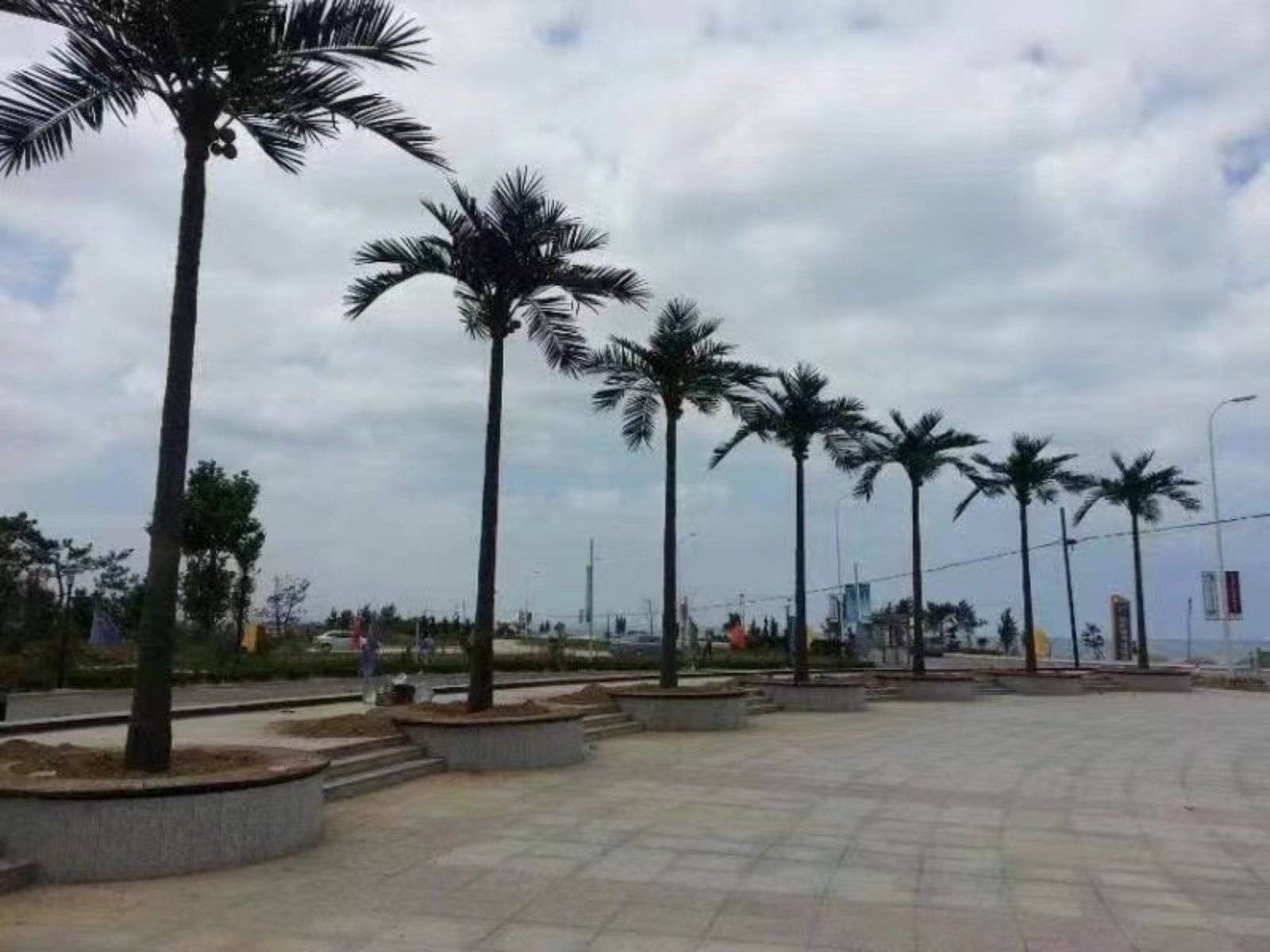
Before diving into specifics, it’s essential to understand how durability plays a role in the long-term performance of artificial trees. The key lies in materials and construction.
What Materials Ensure Long-Lasting UV Resistance in Artificial Trees?
When choosing artificial trees, UV resistance is critical for maintaining color and appearance over time. But how can you ensure your trees won’t fade under the sun?
UV resistance is achieved through high-quality materials, particularly polyethylene (PE) and PVC. These materials ensure your artificial trees stay vibrant, even in direct sunlight.
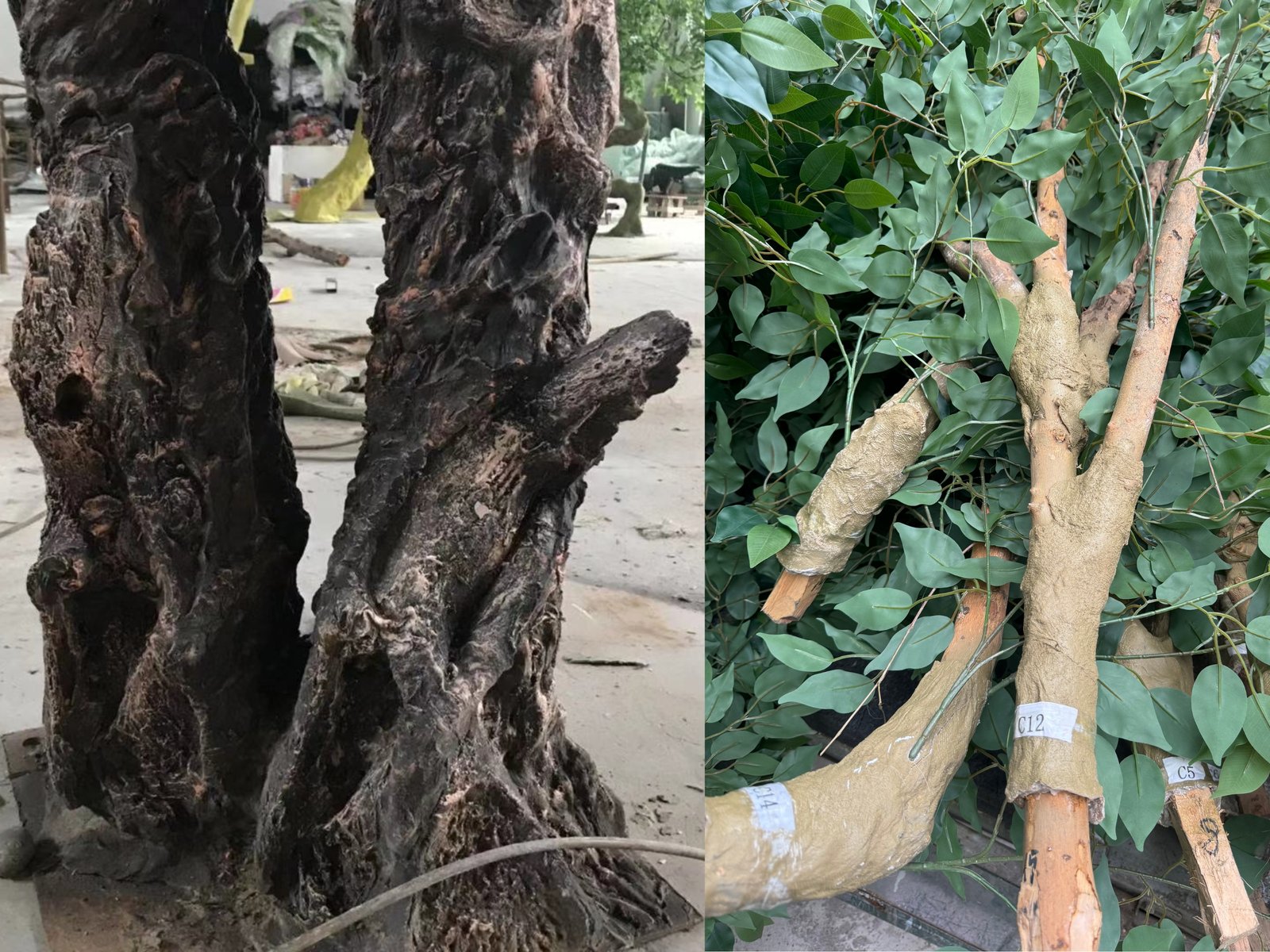
UV resistance is one of the most important factors when selecting artificial trees for outdoor landscaping. The materials used in artificial trees affect their ability to withstand sunlight without fading. Among the best options are polyethylene (PE) and polyvinyl chloride (PVC), both of which offer excellent UV protection.
Polyethylene (PE) is often considered the best material for outdoor artificial trees. It is more durable, resistant to weathering, and can withstand UV exposure without losing its color. Many high-end artificial trees are made from PE because of these properties. Additionally, PE offers a more natural, realistic appearance compared to PVC, which tends to look shiny and unnatural.
PVC is another popular material for artificial trees, although it does not provide as much UV resistance as PE. It is generally less expensive, but it may require more frequent replacement or treatment for UV protection if used in direct sunlight. To enhance its UV resistance, many manufacturers add special coatings or treatments to PVC materials.
When shopping for artificial trees, always look for products that specifically mention UV resistance. This will ensure that your trees maintain their vibrant look for many years, even when placed in outdoor settings exposed to the sun.
How to Choose Weather-Resistant Artificial Trees for Outdoor Use?
Weather-resistant artificial trees are essential for outdoor landscapes. But how do you select trees that can withstand rain, wind, and extreme temperatures?
Weather-resistant trees are made from durable, weatherproof materials like PE and PVC. These materials help trees endure the elements, ensuring longevity in any climate.
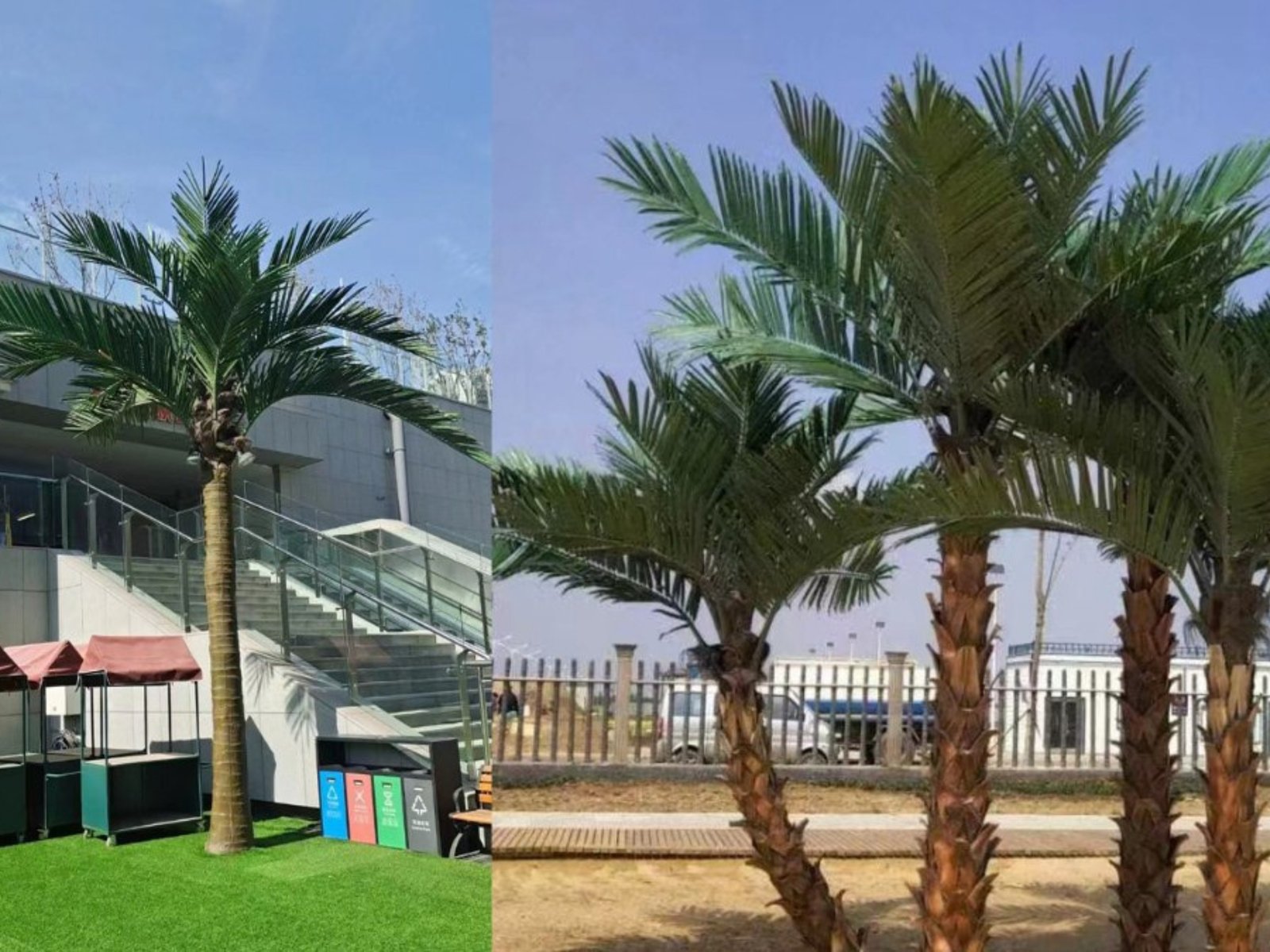
When selecting artificial trees for outdoor use, weather resistance is a top priority. Trees placed outdoors are exposed to various elements, including rain, snow, wind, and fluctuating temperatures. If your trees are not weather-resistant, they will degrade over time, leading to discoloration, cracks, or other damage.
To ensure durability, look for artificial trees made from high-quality materials such as polyethylene (PE) and polyvinyl chloride (PVC). PE is the more weather-resistant option, as it is less likely to crack or break under harsh weather conditions. Additionally, PE trees are designed to maintain their appearance for longer periods, even when exposed to rain or snow.
PVC is also a viable option for weather-resistant trees, though it may not offer the same long-term durability as PE. However, PVC trees can still withstand moderate weather conditions and are often treated with coatings that enhance their resistance to moisture and cold.
If you live in an area with extreme weather, consider opting for trees that have been specifically engineered for such environments. Some manufacturers offer trees with additional weatherproofing treatments, such as coatings that protect against UV rays and moisture, or designs that allow for better airflow, reducing the chance of wind damage.
Maintenance Tips: Which Artificial Trees Require Least Cleaning?
Maintenance is an important consideration when selecting artificial trees. But which trees are the easiest to clean and maintain?
Trees made from materials like PE require less cleaning and maintenance, thanks to their realistic design and dust-resistant properties. Choose wisely for minimal upkeep.
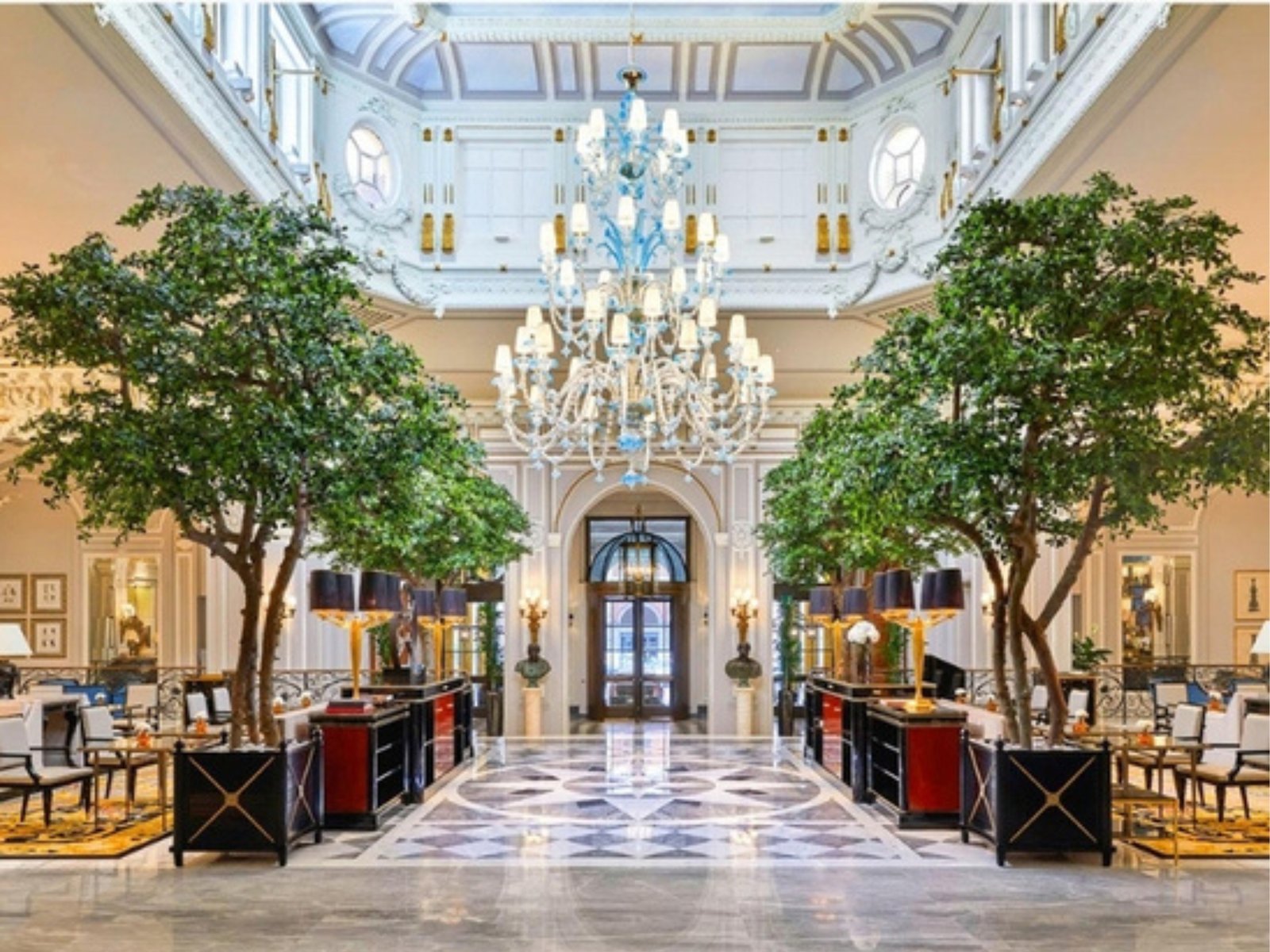
Artificial trees are low-maintenance alternatives to live plants, but some require more care than others. When choosing a tree for minimal upkeep, it’s essential to focus on the material and construction of the tree. PE trees generally require less cleaning than PVC trees because the material is more resistant to dust and dirt.
PE artificial trees have a matte finish that helps reduce dust accumulation. The leaves and branches are designed to be flexible and resistant to bending or breaking, making it easier to wipe off dirt when needed. Furthermore, PE leaves tend to retain their shape and structure, which reduces the need for frequent maintenance.
On the other hand, PVC trees tend to attract more dust and dirt due to their shiny surface. These trees may require more frequent cleaning to maintain their appearance. Additionally, some PVC trees may not hold up well over time, with leaves that lose their shape or begin to break down after repeated cleaning.
If ease of maintenance is a top priority, look for artificial trees with a higher percentage of PE material. These trees are generally easier to clean, more durable, and better suited for year-round use without frequent attention.
Realistic vs Durable: How to Balance Aesthetics and Longevity?
A common dilemma when choosing artificial trees is balancing realism with durability. How can you find a tree that’s both realistic and built to last?
It’s possible to achieve a balance between realism and durability. Opt for high-quality materials like PE, and choose trees designed for your specific environmental needs.

When choosing artificial trees, one of the key decisions is whether to prioritize realism or durability. It’s important to find a balance between both factors to ensure your tree looks natural while also standing the test of time. While a tree may look incredibly realistic, it won’t be effective if it degrades quickly.
PE (polyethylene) is often the best material to achieve both realism and durability. PE trees have a more natural look, with detailed and flexible leaves that mimic real trees closely. They are also resistant to fading and can endure harsh weather conditions without deteriorating. While they may be more expensive than PVC, the durability they offer makes them a worthwhile investment.
On the other hand, PVC trees, while more affordable, tend to look less realistic and may require more frequent maintenance. PVC leaves have a plastic sheen that can look unnatural, and the material may not hold up as well over time, especially in outdoor environments.
To strike the right balance, consider your specific needs. If your tree will be exposed to the elements, opt for high-quality PE. If aesthetics are your top priority, look for trees with detailed craftsmanship and materials that can withstand environmental challenges.
Indoor/Outdoor Versatility: Which Artificial Trees Survive Extreme Climates?
If you need a tree that works both indoors and outdoors, it’s important to consider how it will perform in extreme climates. Which trees are best suited for this versatility?
Look for artificial trees made from durable, weather-resistant materials like PE. These trees are versatile enough to handle extreme climates both indoors and outdoors.
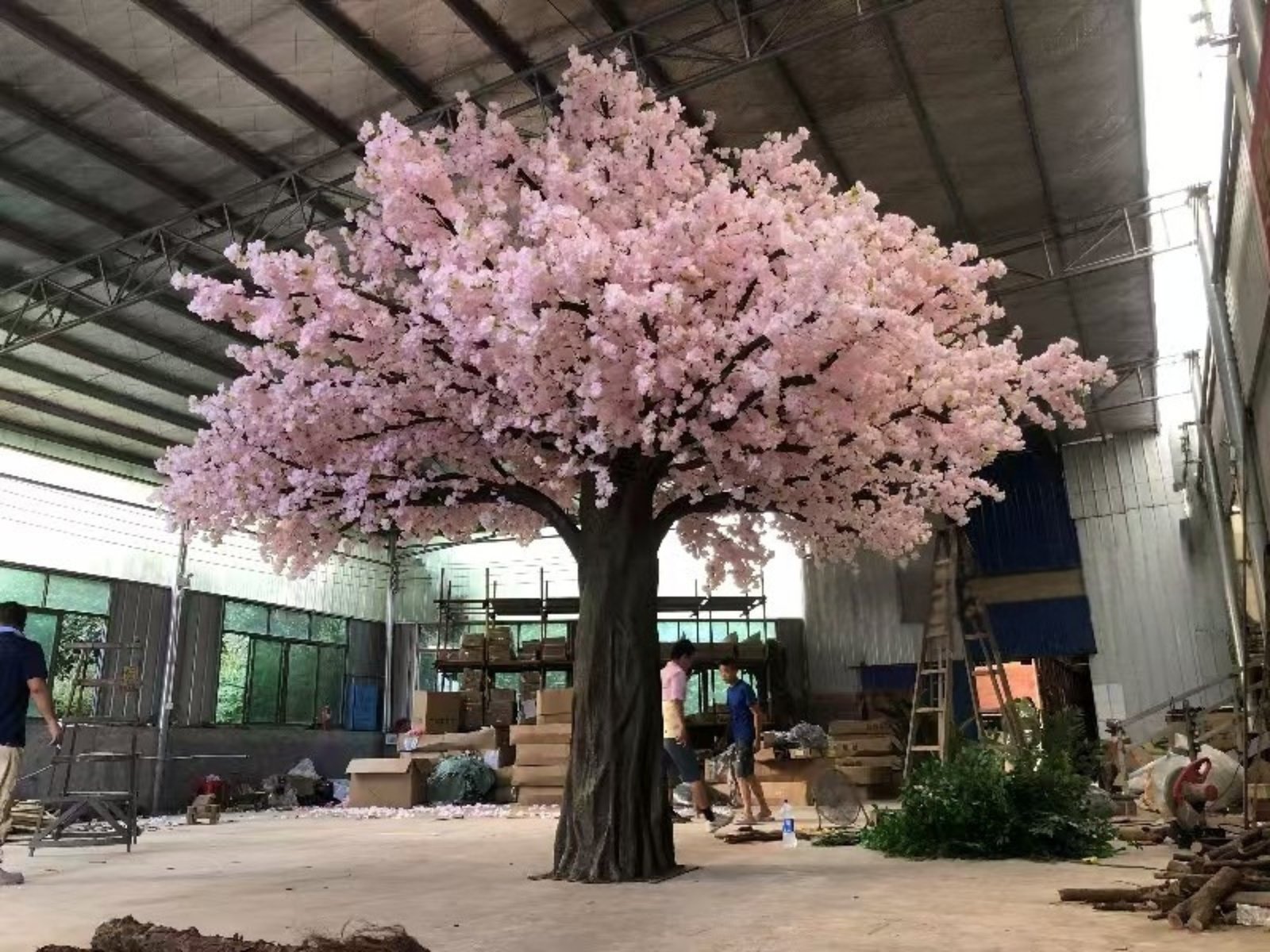
Artificial trees that are versatile enough to thrive in both indoor and outdoor environments require careful consideration of materials and design. The ideal tree for extreme climates will be made from durable, weather-resistant materials that can withstand both indoor conditions (such as heating or air conditioning) and the outdoor elements.
Polyethylene (PE) artificial trees are the best option for both indoor and outdoor use. They are resistant to UV rays, temperature fluctuations, and moisture, making them suitable for a variety of environments. Whether placed in direct sunlight outdoors or under artificial lighting indoors, PE trees will retain their color and structure for many years.
PVC trees, while more affordable, may not be as versatile. They tend to be less durable in extreme conditions, especially when exposed to UV rays or moisture. However, if your primary concern is indoor use, PVC trees may still be a suitable choice for their aesthetic appeal.
For extreme climates, it’s also important to consider the tree's construction. Choose trees with reinforced branches and leaves that won’t easily bend or break under harsh weather conditions. Additionally, look for trees that offer customizable features, such as flexible branch designs that allow for easy adjustment based on your space or environment.
Conclusion
Durable artificial trees are the perfect solution for year-round landscaping. By selecting the right materials and considering climate conditions, you can enjoy their beauty without the hassle.


